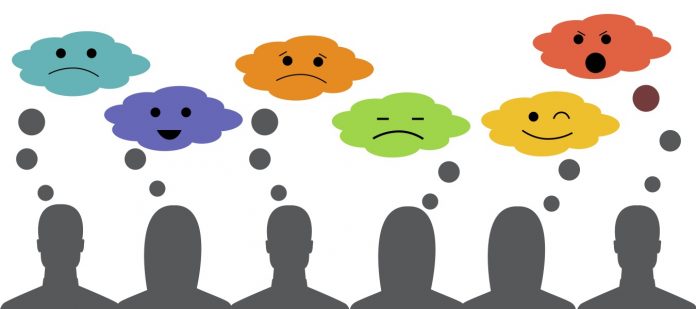Jessica Gang
Opinions Editor
Recently, a news article published in the Santa Barbara Independent highlighted the growing prevalence of a trend that has begun to alarm many school leaders, staff members, and educators: teen suicides caused by increased levels of emotional stress, anxiety, and depression.
In the past two years, the Santa Barbara Unified School District has experienced more than 100 attempted teenage suicides, and this frightening statistic is not specific to Santa Barbara alone. Suicide has become the second leading cause of death in the United States for children, adolescents, and young adults aged 10-24, and each day in the U.S. there are on average 3,041 suicide attempts made by students in 9th-12th grade.
In order to combat the growing epidemic of young adult and teenage suicides, school educators and community health partners have focused their efforts on tackling mental health issues, viewed by mental health experts as one of the “defining characteristics” of the post-millennial generation. SBUSD, for example, is rallying behind instructional intervention.
The district is introducing a solution called socio-emotional learning (SEL), which aims to teach students about “self-awareness, self-management, responsible decision-making, and relationship and social awareness.”
SEL is just one of multiple initiatives that SBUSD is hoping to implement, all of which are new steps being taken to address the reality of teen suicide in schools. In the past there has been an intense social stigma surrounding suicide in general, but this is even more true when it comes to teenagers and young adults.
Much of this stigma stems from the fact that problems like intense academic stress, social anxiety, social pressure, and more are viewed as commonplace. More often than not, we teach students that these difficulties are a natural part of high school and college, not issues that could have an extremely detrimental effect on someone’s life.
But the first step towards treating a problem is embracing its existence. In spite of the marked increase in suicides that has occurred over the past few decades, the United States is just now beginning to face the reality that mental health is an essential part of our wellbeing, and that ailments like depression and anxiety are just as real as AIDS/HIV or heart disease.
There has been no “war on depression” in the same way that there’s been a “war on HIV” or a “war on obesity” — but perhaps there needs to be. In the past year, the National Institutes of Health (NIH) spent more money on researching dietary supplements than it did on suicide prevention.
In this day and age, the pervasiveness of social media and technology make it easy for teenagers and young adults to lose themselves in a world of unrealistic comparisons. The sad truth is that suicidal thoughts and actions are becoming a very normalized part of our society, which makes it even more difficult for teenagers and young adults to feel more comfortable reaching out and asking others for help.
It’s the responsibility of educators, parents, and community leaders alike to remind teenagers and young adults that they are more than just their grades, test scores, ethnicities, genders, or sexual orientations.
LGBTQ youth are three times more likely to commit suicide than their cisgender, straight counterparts, and over the course of their lifetimes, women are three times likelier than men to have suicidal thoughts. Men however, still have the highest chance of acting on suicidal thoughts.
The rise of the mental health crisis in America can no longer be ignored, and nowhere is this epidemic more jarring than it is amongst teenagers and young adults. If we as a society fail to take concrete steps towards solutions, we are doing a disservice not only to ourselves, but also to the young people whose lives are increasingly being put at risk.
If you feel like you or someone you know may be in danger of taking their own life, please call the National Suicide Prevention Lifeline at 1 (800) 273 – 8255, or text the Crisis Text Line at 741-741.
More information about suicide prevention, including warning signs, can be found at suicidepreventionlifeline.org. If you or someone you know at UCSB is in need of mental health assistance, please reach out to UCSB CAPS at (805) 893-4411, or visit their website at http://caps.sa.ucsb.edu/. Santa Barbara – specific resources may be accessed at countyofsb.org/admhs.











